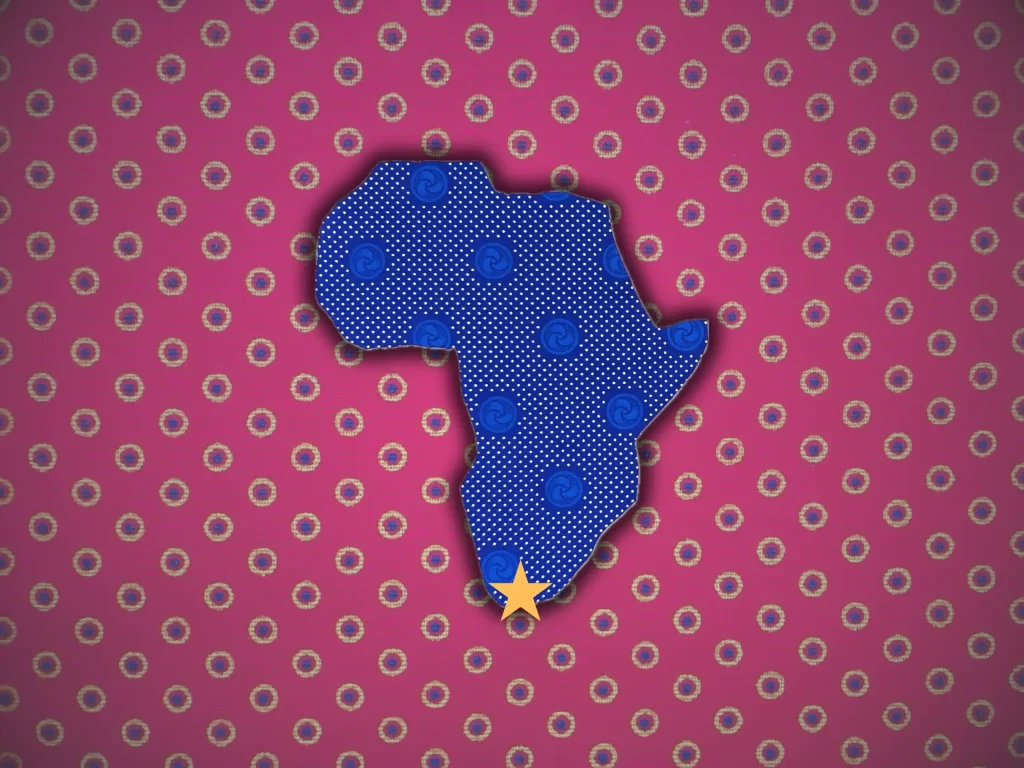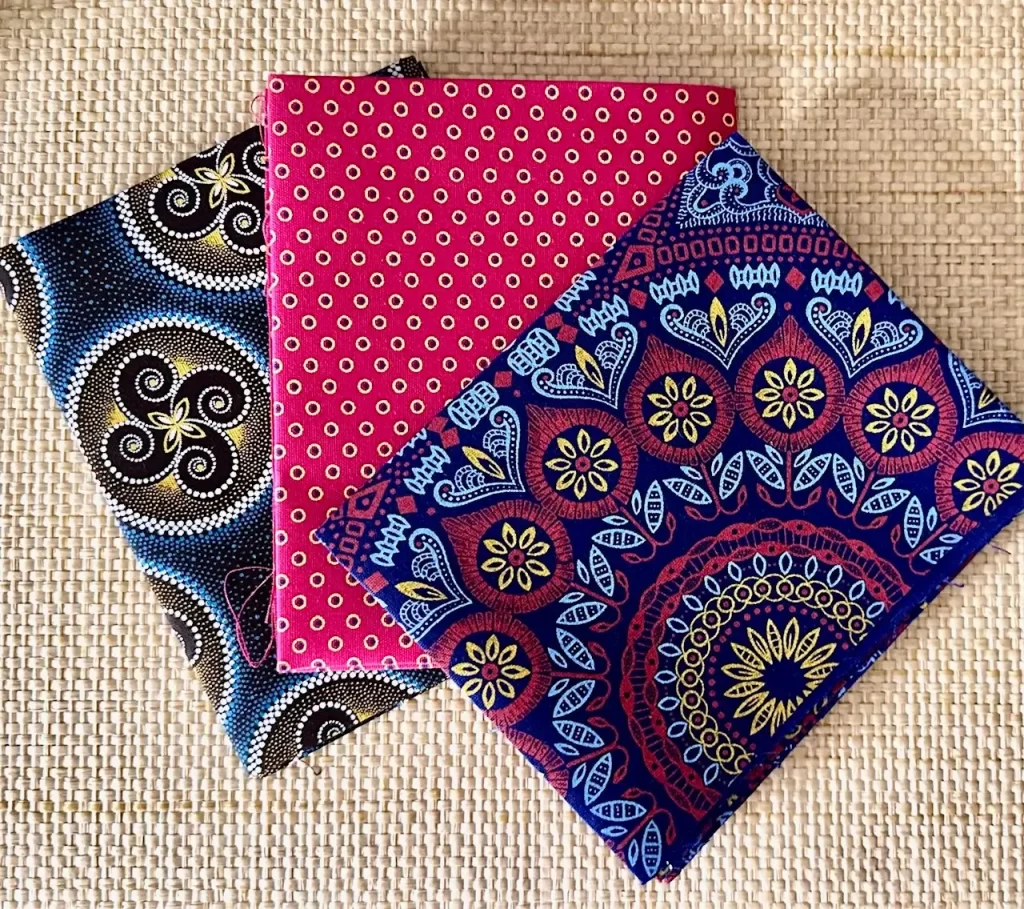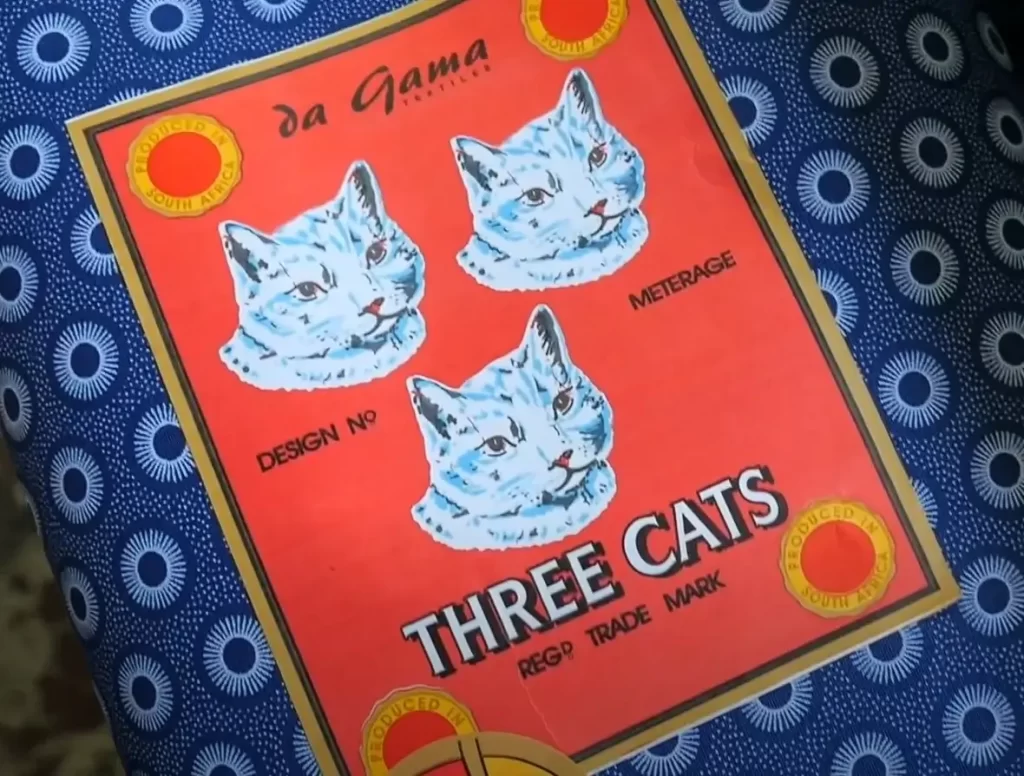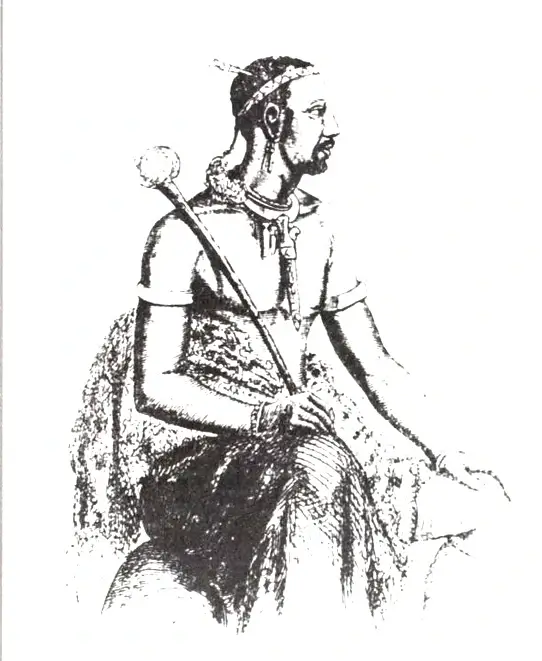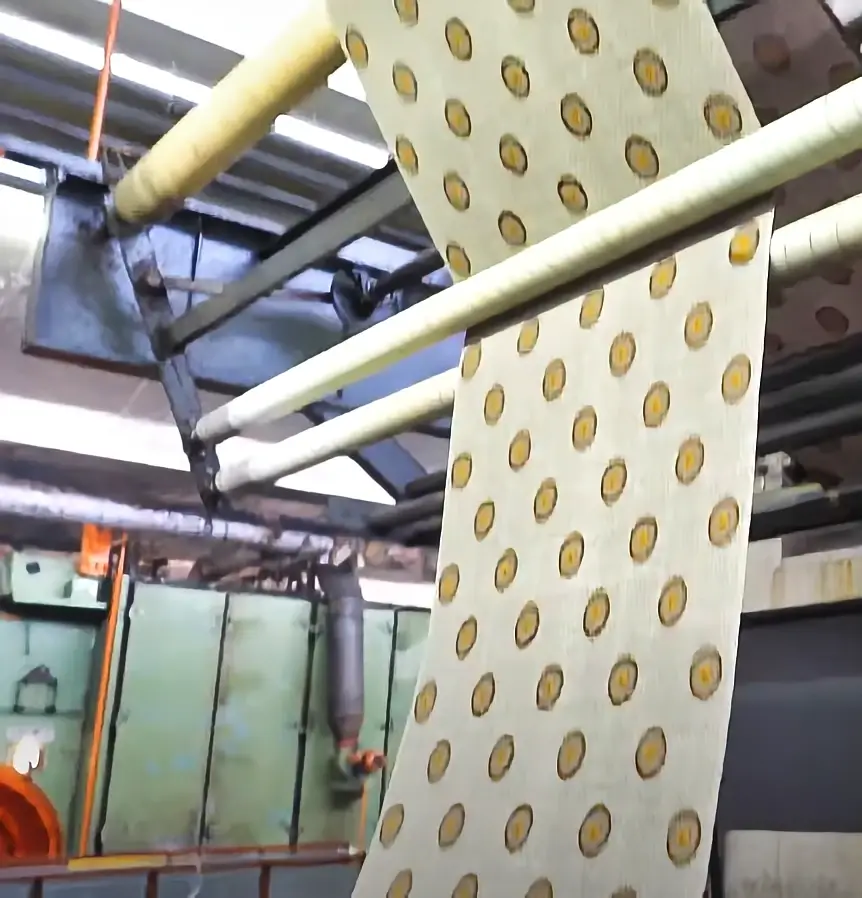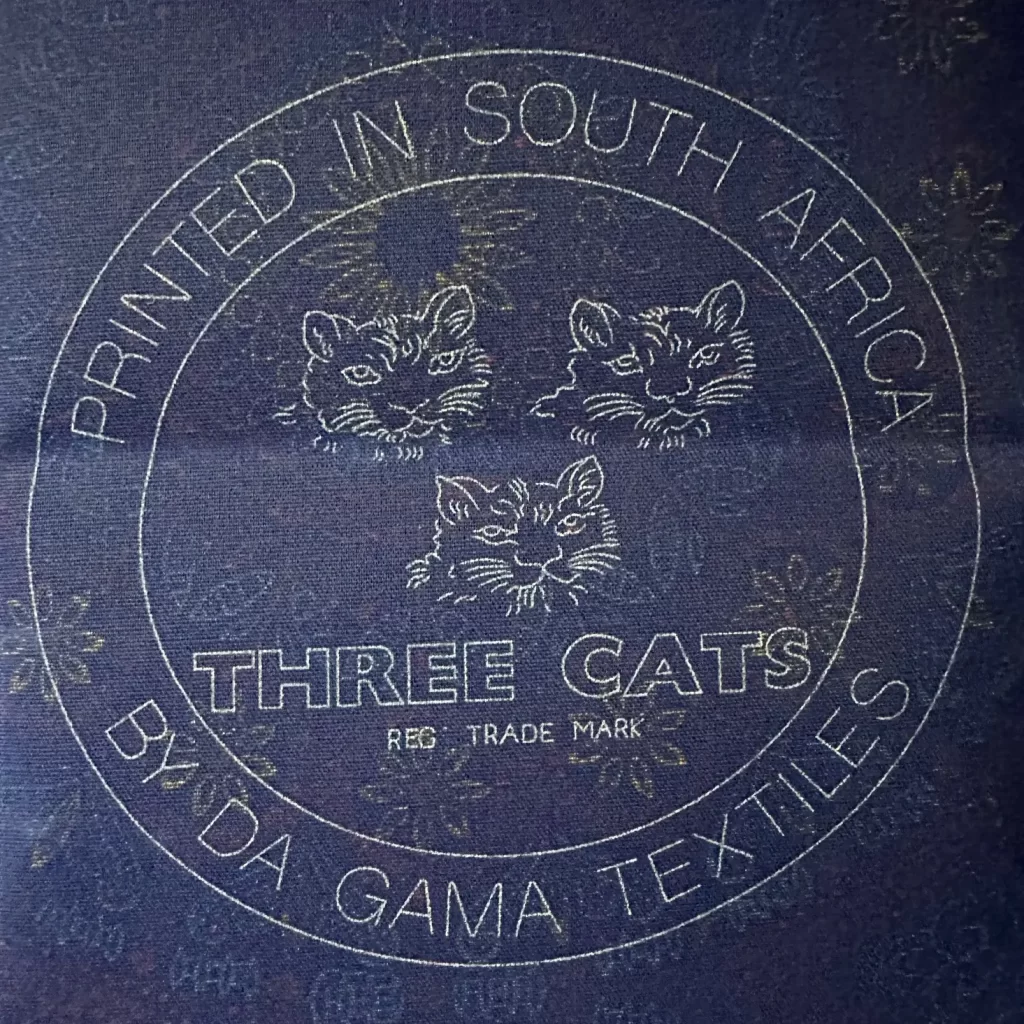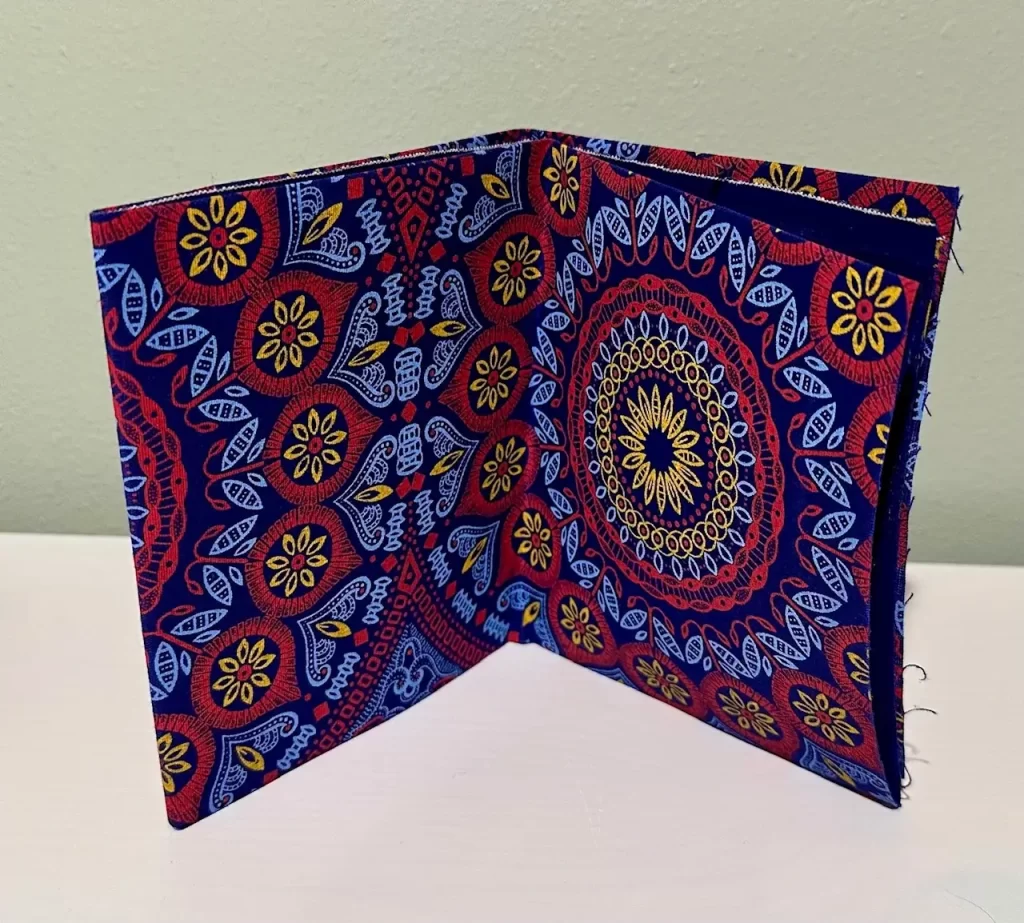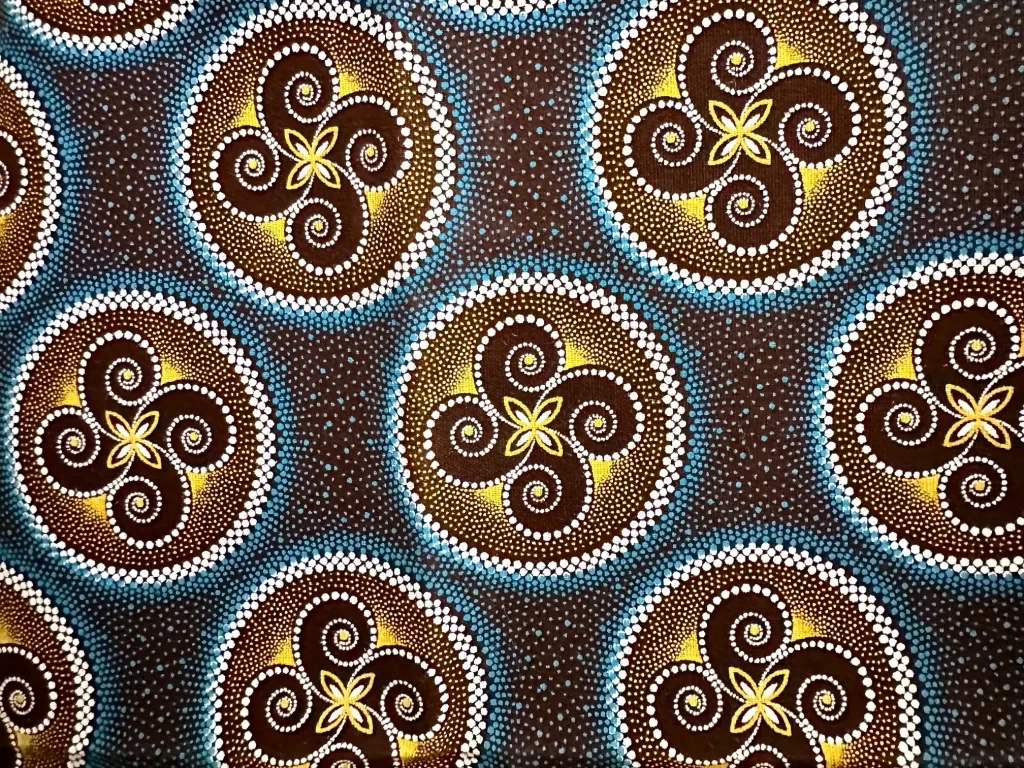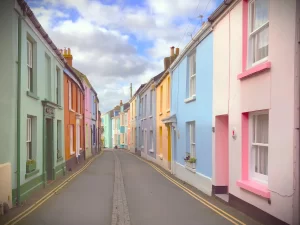South Africa is a living cultural mosaic, with each piece having its own story to tell. Archbishop Desmond Tutu didn’t call it the “Rainbow Nation” for nothing! Lately, I’ve come under the South African spell and have been delving into all aspects of the country’s heritage. As a result, I’ve recently fallen in love with shweshwe—a vibrant fabric that is as rich in history as it is in style.
Known alternatively as shoeshoe or isishweshwe, this printed cotton was first produced in Europe but is now manufactured exclusively in South Africa, with its most famous producer being the Three Cats brand by Da Gama Textiles located in the Eastern Cape. The fabric’s origins, stippled designs, and cultural significance across Southern Africa make it one of the continent’s most celebrated and iconic textiles.
An African Fabric is Born
The name shweshwe has a story as vivid as the fabric itself. According to tradition, French missionaries gifted indigo-dyed cloth to King Moshoeshoe I of Lesotho in 1840, and the cloth became known as “shoeshoe” in his honor—a spelling that eventually evolved into shweshwe.
Originally available only in blue (hence its early name, indigo cloth), shweshwe was first popular with Germans, who brought the fabric with them as they began to immigrate to the Western Cape. Production originated in countries like Czechoslovakia and Hungary, but soon spread to England as demand began to soar.
By the late 1850s, Xhosa women of the Eastern Cape began incorporating the textile into their traditional dress, calling it ujamani, or German print. By the 1930s, South Africa had firmly established itself as a key importer of this fabric, thereafter producing it in the country almost exclusively beginning in the early 1980s. Ever since, shweshwe has become synonymous with the visual culture of Southern Africa.
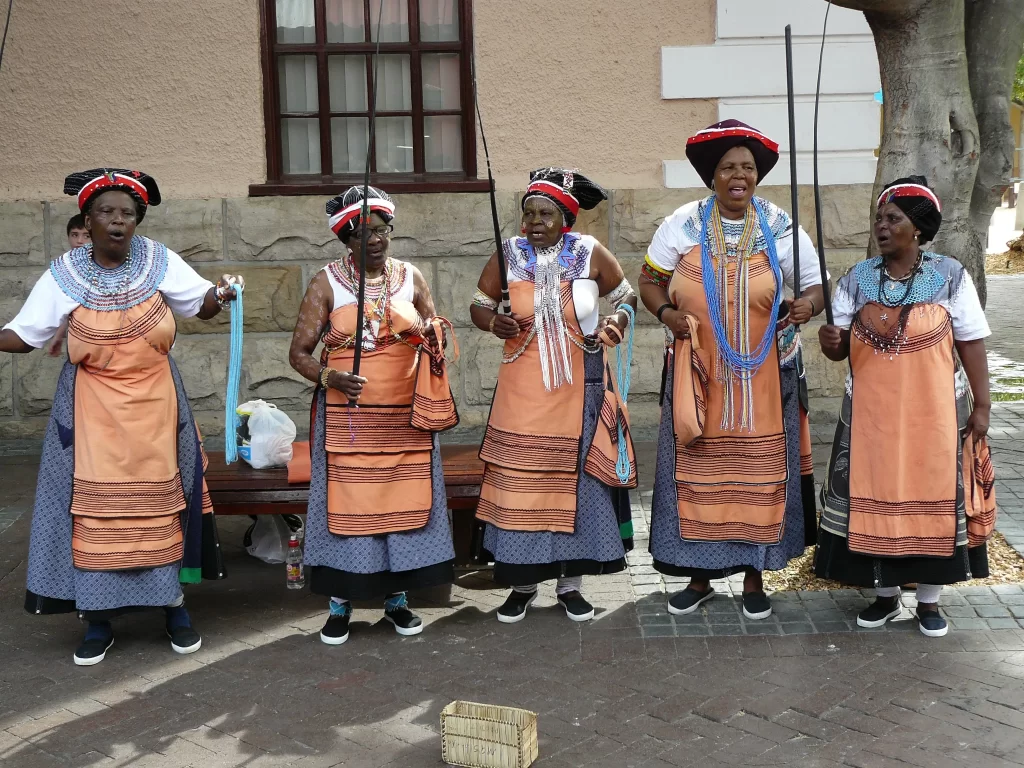
How Shweshwe is Made
Shweshwe is often referred to by its formal name, indigo-dyed discharge printed fabric. It’s important to note that unlike other African fabrics, shweshwe is NOT a wax print. The production process is technical but fascinating: dyed calico fabric is fed through copper rollers etched with intricate patterns. A weak acid solution is applied to the fabric, bleaching out the white designs and creating an eclectic range of bold, geometric prints.
Today, genuine shweshwe is made of 100% cotton locally grown in South Africa. Interestingly, it was only really available in indigo up until the 1980s, when red and chocolate brown color ways were introduced. These days, shweshwe can be found in many colors, including hot pink, green, orange, gold, and purple.
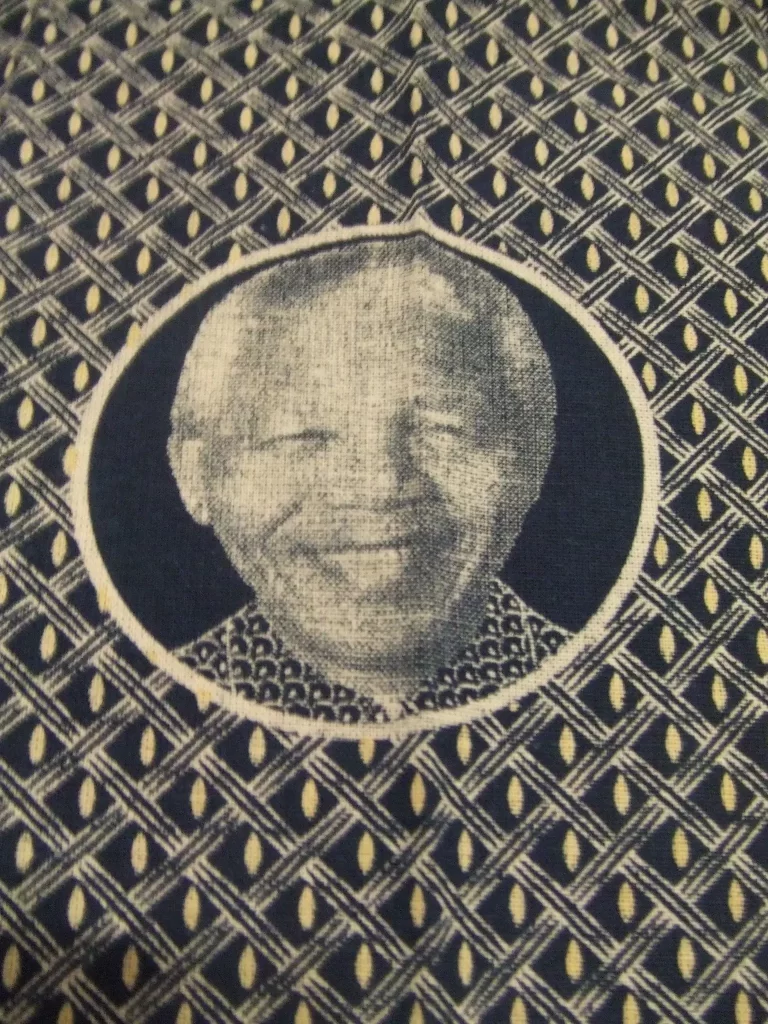
Properties of Shweshwe
Shweshwe has great sensory appeal. The fabric is as tactile as it is visually striking, and also has a rather pleasant scent and even taste!
You see, it is treated with starch during the manufacturing process to act as a protective layer that preserves the fabric for storage and transportation and prevents sharp creases from forming. In fact, this starching step goes back to the original days when the fabric would be transported on long oceanic journeys by wooden ships from Europe! This also means that brand new shweshwe has a characteristic stiff hand which becomes soft and pliable after washing.
The scent and taste of the fabric are also due to starch. I certainly don’t recommend you go around licking the fabric, but the starch does impart a salty tang.
Then there’s the sound. Though more specious, some say the name shweshwe was inspired by the swishing sound the fabric makes when African women walk in their flowing skirts made from the fabric: “shwe shwe shwe.” It’s a charming image, isn’t it?
All shweshwe comes in width of 36 inches, making it perfect for clothing but perhaps slightly more limiting for larger home decor projects like upholstery or curtains—unless one is comfortable with more seams.
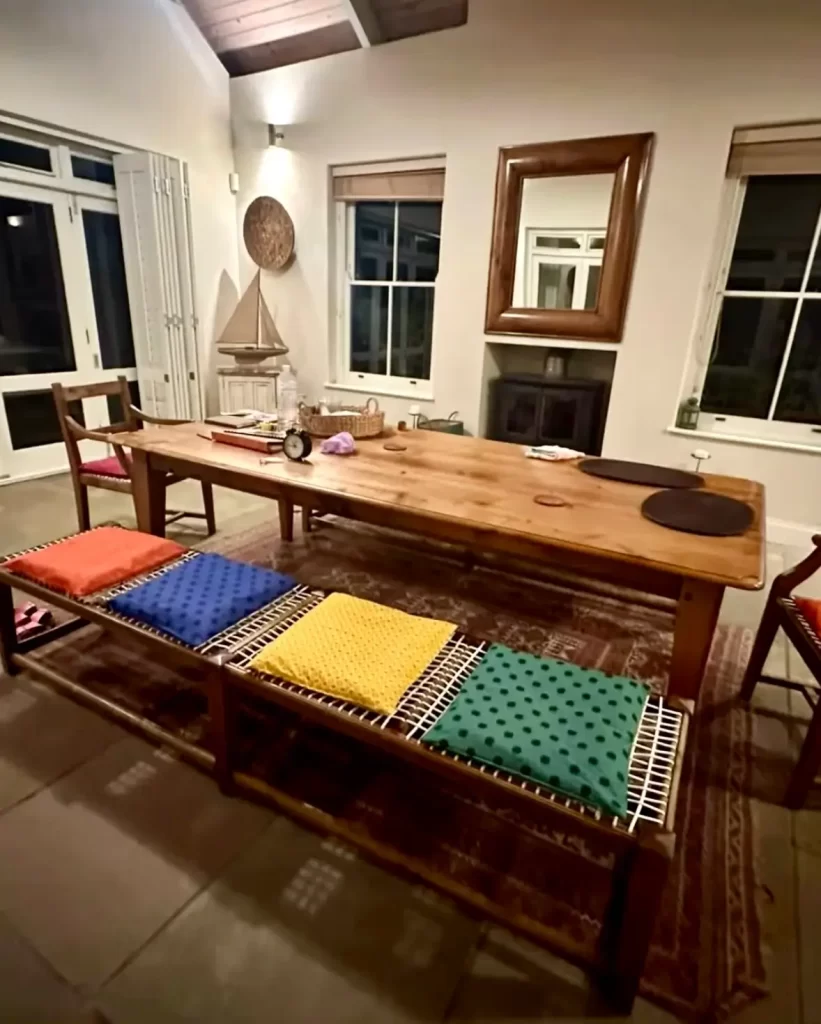
Still, it’s a durable fabric that can be used for anything from cushions to lampshades to add a little genuine African flair to a room.
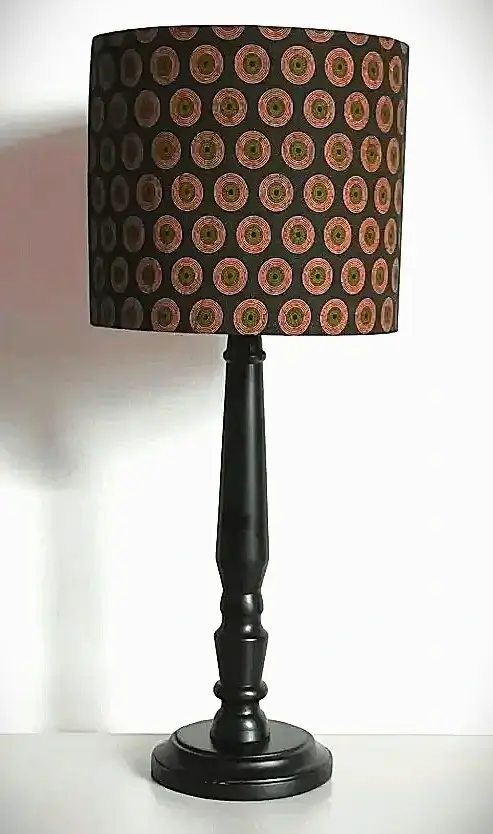
A South African Icon
Today, shweshwe is celebrated across the continent and beyond. It holds particular significance in traditional ceremonies, especially among the Xhosa, Sotho, Tswana, and Pedi tribes, who incorporate the fabric into bridal gowns, bridesmaids’ dresses, and even matching outfits for the groom. This vivid, symbolic fabric brings life to weddings and other important occasions with its distinct colors and patterns.
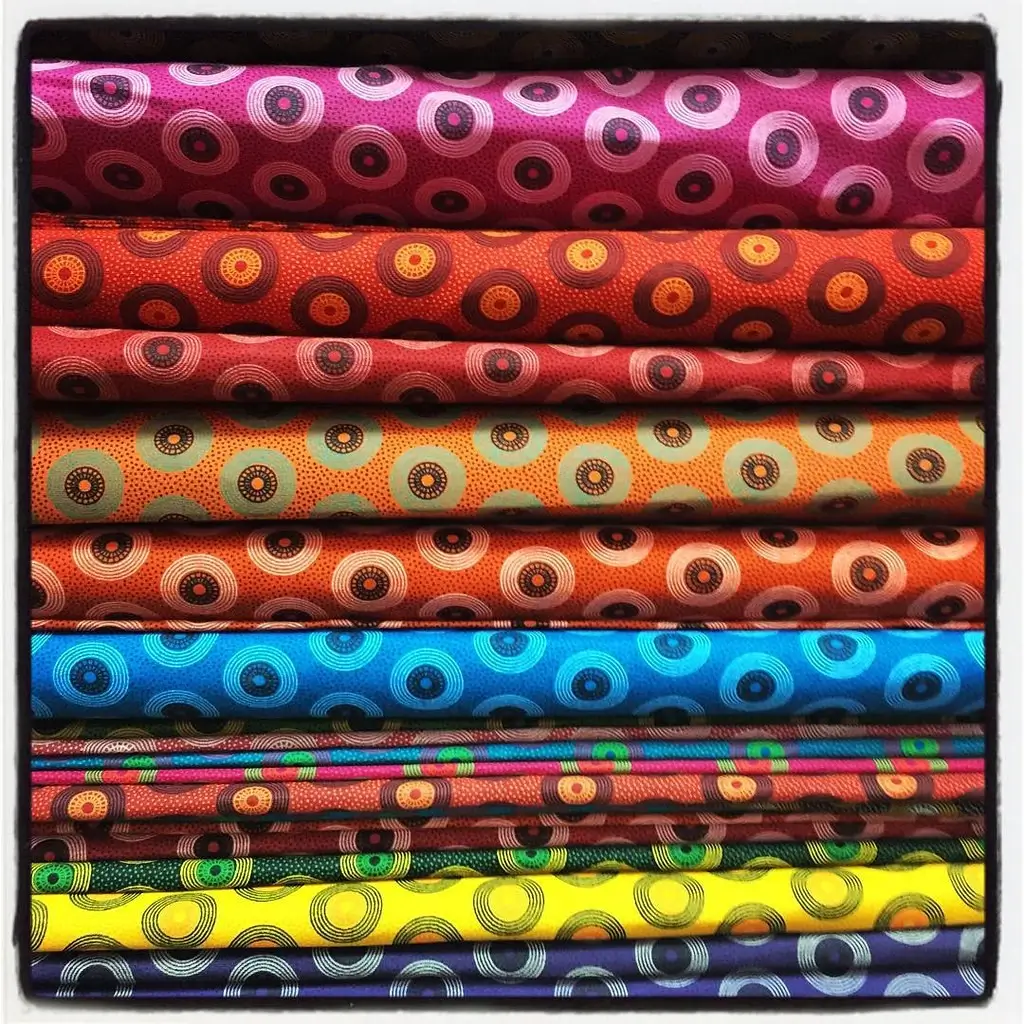
Whether worn during a traditional ceremony, used in contemporary fashion, or admired for its bold artistry, shweshwe represents a vibrant blend of history, culture, and craftsmanship. It’s no wonder this fabric captivates people around the world, including me! It’s just so swishingly elegant!

